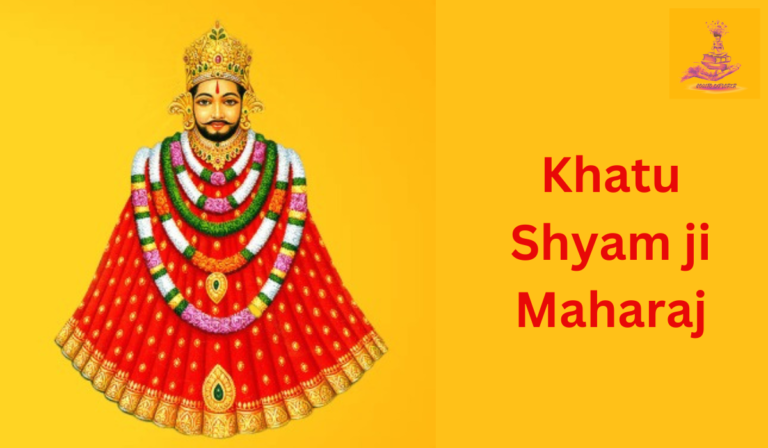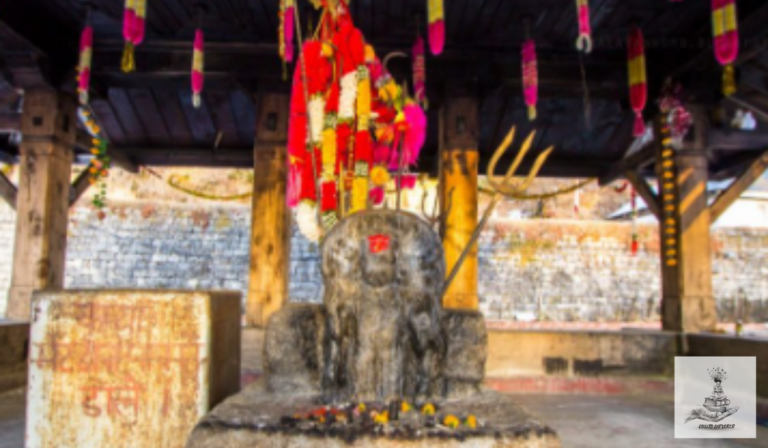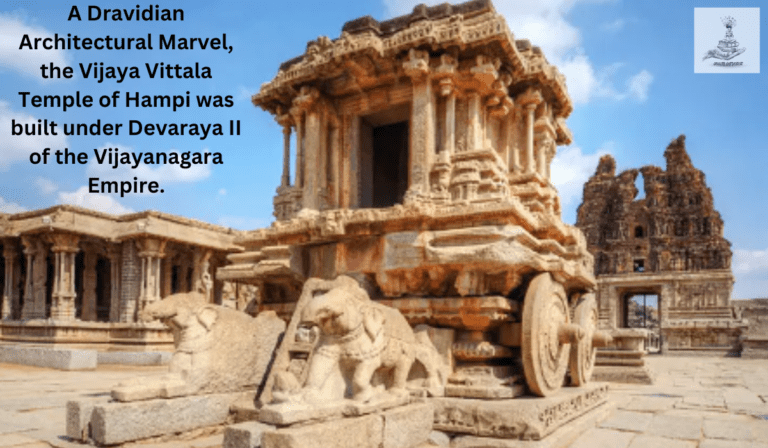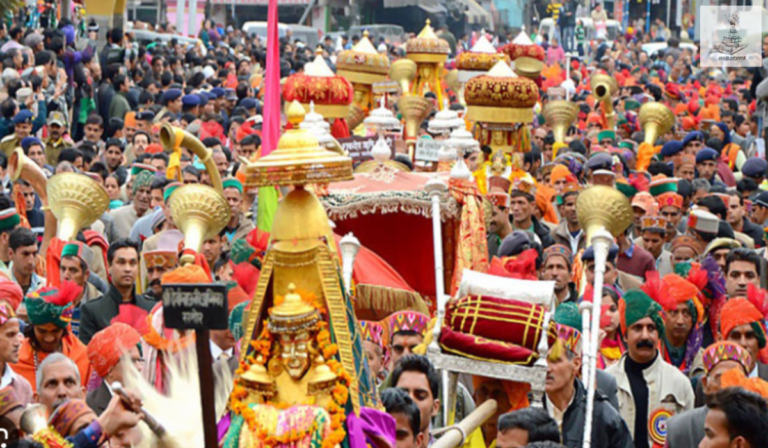Manimahesh Kailash: Yatra, Lake, Height, Timing, Hotel, Trek, How to Reach
Long ago, during the age when the universe was still in its infancy, Lord Shiva deeply engrossed in meditation envisioned the need for sacred abodes on Earth to serve as focal points for spiritual practice and divine communion. He decided to manifest seven majestic mountains [Sapta Kailash] infused with his divine energy, each constituting its own unique qualities and attributes within the divine cosmology of Shiva’s creation. With a mere thought, Shiva commanded the earth to rise and thus formed these magnificent peaks where it is believed that Lord Shiva has performed centuries-long penances. Out of these seven abodes of Shiva five are known [Panch Kailash] which are Kailashnath [Mount Kailash] in Tibet, Aadi Kailash in Uttrakhand, Shikhar Kailash [Shrikhand Mahadev] in Kullu (Himachal), Kinner Kailash in Kinnaur (Himachal) and Chamba Kailash [Manimahesh kailash] in Chamba (Himachal). It is said that these peaks represent Shiva’s divine presence on Earth.

Today we will be going on a spiritual journey to one of these divine abodes in the Pir Panjal range of Himalaya, Chamba Manimahesh Kailash where it is said that Shiva resides with Devi Gaura [Parvati]. Another local folklore says that Shiva made this mountain after his marriage thus he resides here with Parvati. The mountain is so tall and challenging that nobody has ever climbed it successfully. There are stories about people and even a snake who tried but couldn’t make it to the top.
The Legends and Folklore
According to the legend, there was a serpent (snake) named Jalandhara who had a desire to visit Manimahesh Lake and have a holy dip in its sacred waters. However, it’s said that Jalandhara was very arrogant and proud due to his immense power. Despite his strength and determination, he found it difficult to ascend the steep and treacherous slopes of the mountain. However, as Jalandhara continued his ascent, he was confronted by the wrath of Lord Shiva. In the face of Shiva’s intervention, Jalandhara realized the folly of his pride and arrogance. He understood that the mountain was not to be conquered but revered with humility and devotion. He sought forgiveness from Lord Shiva and pledged to respect the sanctity of Manimahesh. It is believed that from that moment onwards, Jalandhara transformed into a devout guardian of the sacred site, vowing to protect it from any desecration.
Another story in the local folklore tells that there once lived a shepherd [Gaddi] in a village near Manimahesh Kailash who harbored immense reverence for Lord Shiva. He wanted to reach the Manimahesh Kailash Peak to seek the blessings of the divine. Shiva agreed and instructed him to sacrifice a sheep at each step of his journey. Filled with faith and determination, the shepherd diligently followed the divine command, offering a sheep at every step he took. As he ascended higher and higher, doubts began to plague his mind. He worried that he might run out of sheep before reaching the summit, fearing he would not have enough offerings to honor the divine. Driven by his doubts, the shepherd [Gaddi] looked backward and was instantly transformed into a stone along with his sheep. It is said that these stones are still there on the mountain.
Another name on the list of people desired to climb the peak was Nandani Patel, who with her accomplices [an Indo-Japanese team] in 1968 proposed an expedition to the mountain peak but due to cultural and religious considerations, the idea was dropped.
Manimahesh Height & Kailash Peak
The reflection of the moon [or star] falling on the surface of this snow-capped mountain creates the illusion of a precious gem [mani] kept at the top of the mountain earning it the name Manimahesh [the jewel of Lord Shiva]. This 18,547-foot tall mountain in the Pir Panjal Range of the Himalayas is located in Bharmour [Chamba] Himachal Pradesh. According to folklore, the mani [placed atop of mountain] was offered to Shiva by Ananta Shesha [Sheshnag]. The peak is renowned for its religious significance and is considered one of the sacred abodes of Lord Shiva [one of Sapta Kailash]. Two streams Manimahesh and Kugti flow along this mountain and join to form Budhil at Hadsar [Budhil Valley] which further joins Ravi at Khadamukh.
The land of Bharmani Devi
Bharmani Devi is said to be the daughter of Bhrama or sometimes referred to as Devi Parvati’s sister. A temple dedicated to her, known as Bharmani (Bharamcharini) Mandir is located in Bharmour. It is said that anyone who wants to go on a journey to Manimahesh must first take a dip in the sacred pool of Bharmani. If they didn’t do this, their journey wouldn’t be accepted by Lord Shiva, as it was the assurance given to her. Legend says that once a group of sages [84 in number] came here with Lord Shiva, and desired to stay permanently due to the peacefulness of the land, for which Devi refused. She agreed to let them stay overnight and to make sure they leave at dawn decided to stay awake. Devi fell asleep near dawn and when she woke the sages had already resided there in stone [Pindi] form. She complained to Shiva terming it as trickery. But on his request agreed to leave the place now known as 84 mandir and reside at Bharmani temple.
The 84 Mandir [Temple] complex
The original structure of the complex was built by Raja Meru Varman in the 7th century. The Manimahesh temple [dedicated to Lord Shiva] at the center of the complex is built in the Shikhar style of temple architecture. The complex houses other major temples along with the temples dedicated to the 84 sages such as Lakshna Devi Temple, Narsingh Temple, Lord Nandi Bull Temple, Dharmeshvar Maharaj [Dharamraj] Temple, Ganesh [Ganpati] Temple etc. According to folklore, there is the lone temple [in the world] of Dharamraj [Yamraja] and is said to be Svyambhu [self-manifested] which is in the northern corner of the complex. It is the belief that departed souls seek final permission from Dharamraj here. It is the local belief that there are four invisible doors of gold, silver, copper & iron in four directions of the complex from where spirits enter or leave according to their deeds [karma]. A room dedicated to Chitragupta [Yamaraj’s companion] is also there who keeps the records [Lekha Jokha] of the person’s Karma. The complex houses the stairs, called Dhai (two and a half) Paudi, it is said that the First Paudi [stair] is for Swarga [Heaven]. The two for Narka [Hell] and Dhai is for Bhulok [Earth] meaning the spirit that has their time left on earth [died an accidental death] comes to this temple and remains there till full time on earth has passed.
The Significance of Manimahesh Yatra
The Manimahesh Yatra is an annual pilgrimage trek [month of Shravan] to the sacred Manimahesh Lake and Mount Manimahesh. It begins on Shri Krishan Janmashtami [8th day of Bhado Amavasya] from the Lakshmi Narayan Temple in the town of Chamba from where a silver stick, known as the Chhari [Charri] is ceremonially carried to commence the Yatra. The route passes through various towns and villages. Rakh is such a village which serves as a resting point for pilgrims. Khadamukh is another important site along the journey where Pilgrims offer prayers and seek blessings before continuing their ascent towards Manimahesh. Another stop is the 84 temples. The Manimahesh Yatra culminates at the sacred Manimahesh Lake [on Radha Ashtmi], situated at the base of Mount Manimahesh. The lake is believed to be the abode of Lord Shiva, and pilgrims undertake a holy dip in its icy waters as part of the purification ritual.
Manimahesh Lake:
Manimahesh Lake also known as Dal [different from Sureshwari Dal of Srinagar] is situated at the foothill of Manimahesh Kailash. The sacred Manimahesh Yatra is completed with the holy dip in it. After bathing in the lake, pilgrims walk around it three times [Parikrama] also known as Dal Katna locally.
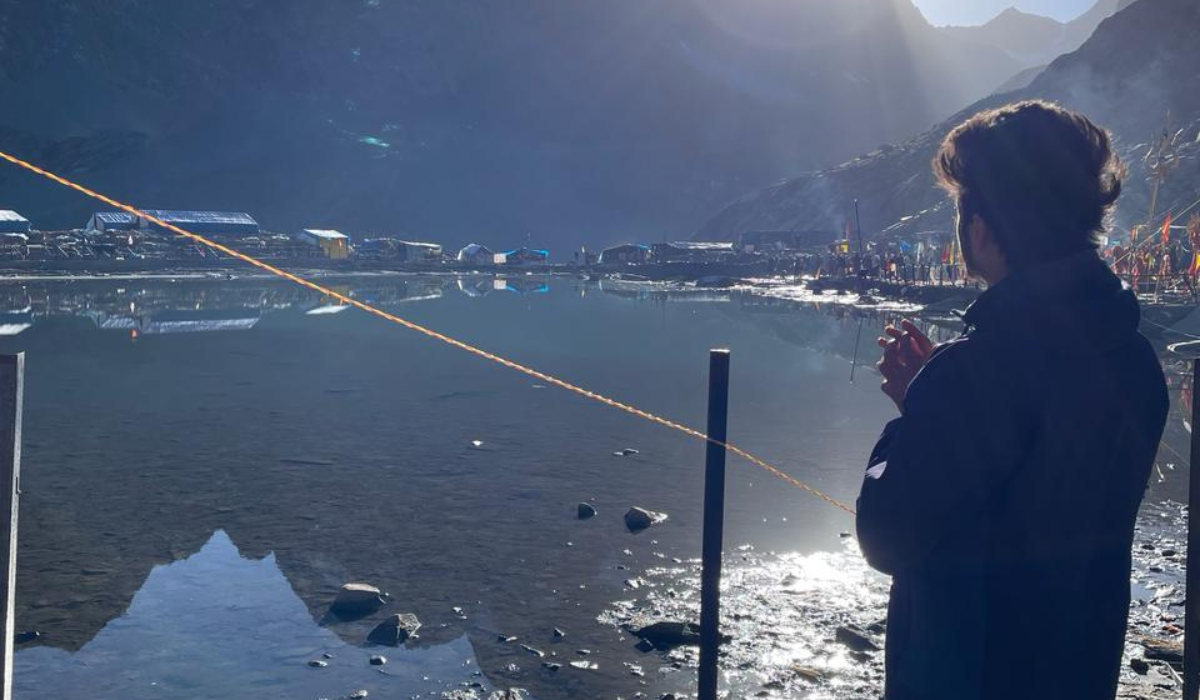
Legend says that, as Lord Shiva and Goddess Parvati settled in the region. Lord Shiva expressed his desire to perform Tandava [cosmic dance] and selected a spot where the present-day Manimahesh Lake is located. As Lord Shiva began his cosmic dance, the celestial energy and divine vibrations generated by his movements caused a drop of sweat to trickle down his forehead. This drop of sweat fell onto the Earth and transformed into a magnificent lake that came to be known as Manimahesh Lake [the jewel of Lord Shiva].
How to Reach Manimahesh:
There are two different routes to reach Manimahesh.
Kugti pass of lahaul spiti
The approximate distance from Kugti to Manimahesh Lake is a challenging 10.3km trek, more difficult compared to others. This route has a higher chance of landslides. However, if you’re an experienced trekker, you can embark on this journey. The locations along the trek are truly breathtaking, ensuring an enjoyable experience.
Chamba- Bharmour-Hadsar –
Before reaching the Manimahesh lake, there are two smaller lakes called Gauri Kund and Shiva Krotri. People believe that Gauri and Shiva, two important gods, bathe in these lakes. So, before going to the main lake, women bathe in Gauri Kund, and men bathe in Shiva Krotri.
If you have an elderly family member who is unable to trek, there is a helicopter service available from Bharmour to Gauri Kund. The distance from the helipad to Manimahesh Lake is only 1 km. The average fee per person for this service is Rs 1500.
To get to a special lake called Manimahesh Lake near this peak, the manimahesh height of the lake is approx. 3080 metres and 13395 ft people go on a trek. It’s not too easy or too hard, kind of in the middle. It takes about three to four days to walk there. Along the way, there are small villages where you can take breaks and rest. The path you follow is easy to see because it’s marked, like a trail, and goes through these villages.
Manimahesh Hotel Facility
If you’re considering lodging at Manimahesh, it’s important to note that there are no hotel restaurants available near the Manimahesh Lake. Instead, accommodation options revolve around a camping system. Visitors can opt to stay in camps, with charges applicable on a per-person basis. The fee per person is set at Rs. 200, which is quite reasonable.
Moreover, visitors have the option to bring their own personal camps, as there is ample space near the Manimahesh Lake temple to set them up. Many visitors prefer this option and find it convenient during their stay.
Conclusion:
In this article, we will provide comprehensive information about Manimahesh Kailash, the Manimahesh Yatra, and Manimahesh Lake. We’ll discuss the significance of Bharmani Mata and the 84 temples in the Manimahesh Yatra. Additionally, we’ll cover the elevation of Manimahesh and important considerations during the trek, as well as the availability of lodging facilities in the area.



